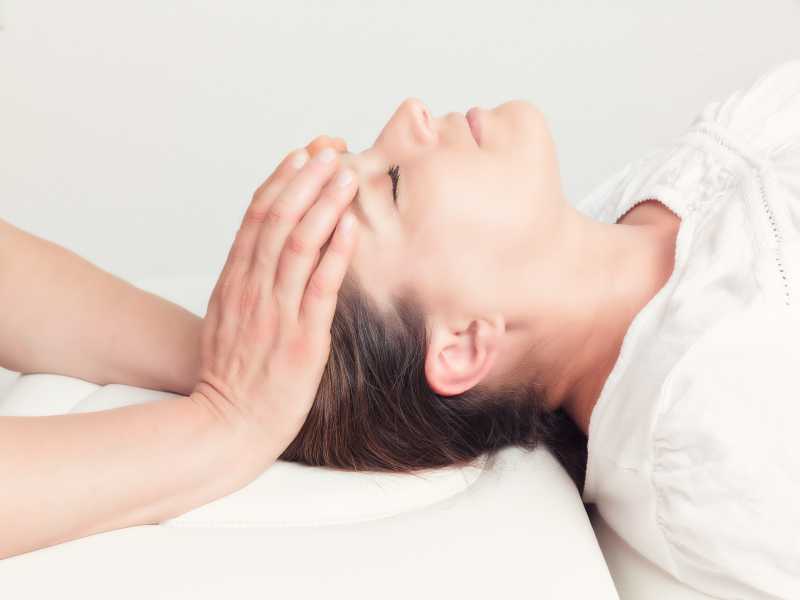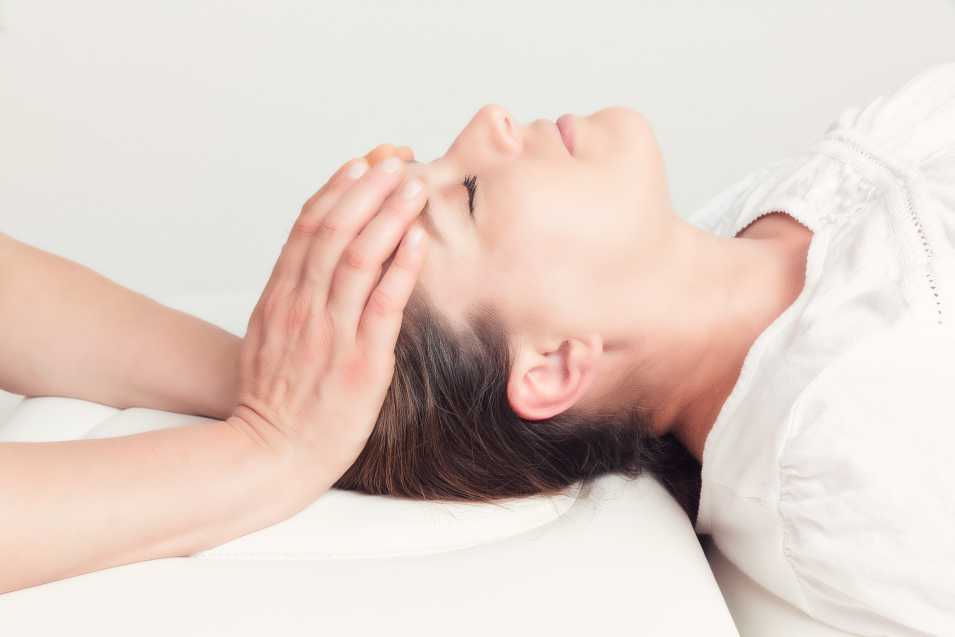Bioenergetics therapy appointments can be a great way to feel better and improve your health. Bioenergetics therapy is a form of alternative medicine used to treat patients afflicted with chronic illness or pain. It works by stimulating the body’s natural healing processes, reducing pain, and improving quality of life. It can also help reduce the risk of disease and illness.
Grounding in Bioenergetics Therapy
Using grounding in bioenergetics therapy is a technique that allows a person to become more present and calm. It helps to release stored tension and deal with intense feelings. It also helps the person to be in the present moment and become more self-aware.
Grounding in bioenergetics therapy involves physical movement and touch. The therapist uses various techniques to release emotions. These techniques include physical movements, contraction and relaxation of muscles, and eye contact while moving.
Grounding is also useful as a distraction from difficult situations. It can also help you deal with trauma. Some people have negative impulses when they live alone or have suicidal thoughts. These impulses stem from the past. They are challenging to deal with. The person might overeat to meet these impulses.
Breathing
During Bioenergetics Therapy, the therapist uses bodywork exercises that help release muscular tensions and emotional blocks. These exercises also help to open the body’s energy pathways.
Bioenergetics Therapy is a form of psychotherapy that incorporates psycho-neurobiology, attachment theory, and trauma theory. It focuses on getting in touch with the body’s core energy and helping to rediscover one’s true self. It helps people heal from stress, anxiety, and depression. The process also helps people find self-love and confidence.
Bioenergetics therapy helps people achieve good health by integrating bodywork, psychotherapy, and interpersonal relationships. The therapy uses exercises designed to help release tension, reduce muscle spasms, and promote vibrant health. It also helps people deal with depression, grief, and obsessive disorders.
Boundaries
Getting in touch with your body through bioenergetics therapy is an excellent way to increase your well-being. The process uses verbal and physical methods to help you better understand yourself. It involves body-based interventions and techniques that address self-expression, grounding, and self-perception.
Bioenergetics therapy was first developed in the 1950s by Alexander Lowen. He incorporated the theory of attachment in his practice. This theory is predicated on the premise that the body is a manifestation of the self and that when we go through traumatic experiences, we construct defensive walls in attempt to shield ourselves from the sensation of pain.
Related Article: Pain Reprocessing Therapy
In bioenergetics therapy, the goal is to increase the body’s aliveness, increasing your capacity to love and accept yourself and others. The technique also helps you to release chronic muscular tension.

Bioenergetics Therapy Techniques Used
Using body-oriented psychotherapeutic techniques, bioenergetics therapy aims to reduce stress, anxiety, and somatization. It has been used for more than 50 years to help people achieve health and good physical condition.
Bioenergetics therapy is an approach to healing that aims to rediscover the true self. The notion that the body is a living manifestation of the self serves as the foundation of this practice. The therapist tries to help the client to understand how the body develops constriction patterns that make it difficult to express emotional feelings. Using physical exercises, the therapist helps the client to feel the body’s physical expressions.
Bioenergetics therapy has been effective for people who suffer from stress, anxiety, depression, somatization, and obsessive-compulsive disorders. It also helps people recover from addiction and provides them with hope and encouragement.
Related Article: Somatic Therapy NYC
